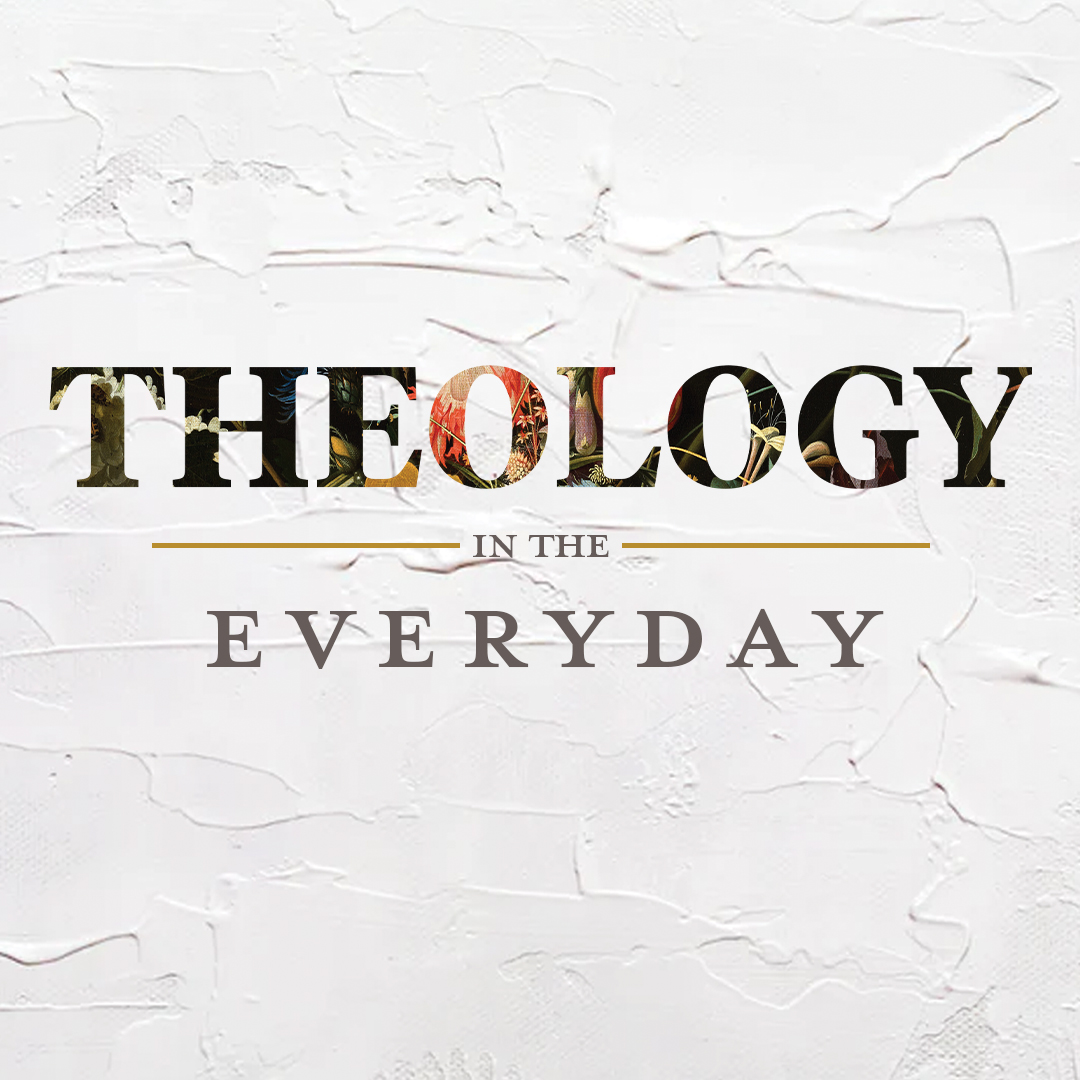

Editor’s Note: The Theology in the Everyday series seeks to introduce and explain theological concepts in 500 words or less, with a 200-word section helping explain the doctrine to kids. At For The Church, we believe that theology should not be designated to the academy alone but lived out by faith in everyday life. We hope this series will present theology in such a way as to make it enjoyable, connecting theological ideas to everyday experience and encouraging believers to study theology for the glory of God and the good of the Church. This week, the Hypostatic Union.
“Who do you say that I am?” This question by Jesus is perhaps one of the most important questions we must answer, for life and death depend on it. Our answer is two-fold, as the intent of this series demonstrates. There is a fundamental, dogmatic answer that the Holy Scriptures teach and the Church witnesses through her confessional tradition: Jesus is the second person of the Holy Trinity, the true Word who took on true flesh in time to take away the sin of the world.
But this biblical and dogmatic confession of our Lord Jesus Christ isn’t abstract or ethereal. Rather, it is only because Jesus is the true Word who assumed true flesh that 1) our sins are taken away by grace, 2) we have an objective view on reality through our union with Christ, 3) we are able to imitate God in Christ by His Spirit, and 4) we have God as our treasure and hope forevermore.
The Hypostatic Union
Throughout history, the Church has referred to this reality as the hypostatic union. But why is this doctrine so important? Where is it in the Bible? Is this a new idea? What exactly is the hypostatic union? In 500 words or less (not including historical sources), here’s how I would explain the doctrine of the hypostatic union:
The hypostatic union simply means that Jesus Christ is truly divine[1] and truly human[2] in the most perfect union.[3] In His mysterious incarnation, God the Son, without loss of or change in His complete perfection, now subsists in both a truly divine and human nature, “not as parted or separated into two persons, but one and the same Son and Only-begotten God the Word, Lord Jesus Christ.”
That last phrase comes from the Chalcedonian Definition where biblical teaching of God the Son incarnate is defined and preserved.[4] After Chalcedon, four theological categories emerged to help to clarify the meaning of the hypostatic union. These four categories (underlined below), alongside the four negations in the Chalcedonian Definition (in parentheses below), aide us to better see and savor the Word made flesh for us and for our salvation.
- Enhypostastic (without division): there is no split or division in the Son because the person of the Son, who is the subject of both natures (He is the “who” of the divine and human nature), now subsists in (en-) the two natures (hypostasis).
- Extra Calvinisticum (without change): in the incarnation, our Lord Jesus Christ maintained and continued to exert the divine perfections. The assumption of human flesh did not alter or affect the divine nature; nor was the divine nature set aside.
- Communicatio Idiomatum (without confusion): there is no mixture of divine and human natures. As the natures remain distinct, they retain their particular attributes (e.g., divinity in John 1:1-4; 8:58 and humanity in Luke 2:52; Heb. 2:11-17) and those attributes can be predicated of the Son since he is the person or subject of both natures.
- Dyothelitism (without separation): in the person of the Son, there is a real union of the divine and human natures. As such, there are two real wills of Christ (dyo, two; thelema, will) located in each nature for us and for our salvation. This preserves our Lord as having a human will (e.g., Heb. 2:17) and denies three wills in the Holy Trinity.
In this magnificent hypostatic union, God the Son incarnate as the second Adam reconciled those who were alienated from God and made peace by the blood of His cross.[5] As our New Covenant head, only God the Son incarnate could reconcile God and humans through His sinless life, substitutionary sacrifice, and victorious resurrection. Therefore, not only do we owe our Lord right reverence and obedience, but we’re given the powers and capabilities to do so in our union and participation in Him.[6] As such, we have a sure hope that is undefiled and unfading in the blessed vision of our Lord.[7]
For the Kids:
Hi, kids! While there’s no perfect comparison, we should NOT say that the hypostatic union is like putting a banana and a strawberry in a blender for your smoothie; nor is it like adding your car seat to the car. We can simply say, Jesus, who has always been God, was born and continues to be a human just like you and me. Though, when he was born, he did not stop being God since God cannot change. It’s important that Jesus is truly human because God’s justice requires human obedience and punishment for sin. It’s also important that Jesus is truly divine so that he could “earn for us and restore to us righteousness and life.” (Heidelberg Catechism, Questions 16-17. For fun and memorable songs, see Shai Linne’s “The Hypostatic Union” and New City Catechism’s Q20-23.)
[1] Mark 2:3-12; John 1:1-4; 8:58; Col. 1:15-20; 2:9; Heb. 1:1-4
[2] Matt. 1:18-25; 26:38; Luke 2:52; John 1:14-18; Heb. 2:11-17; 4:15
[3] Rom. 9:5; Gal. 4:4-5; Phil. 2:6-11
[4] To read the Chalcedon Definition in full, visit here.
[5] Rom. 5; Col. 1:15-22
[6] Eph. 1:3-14; 2:13; 2 Peter 1:3-11
[7] 1 John 3:3

